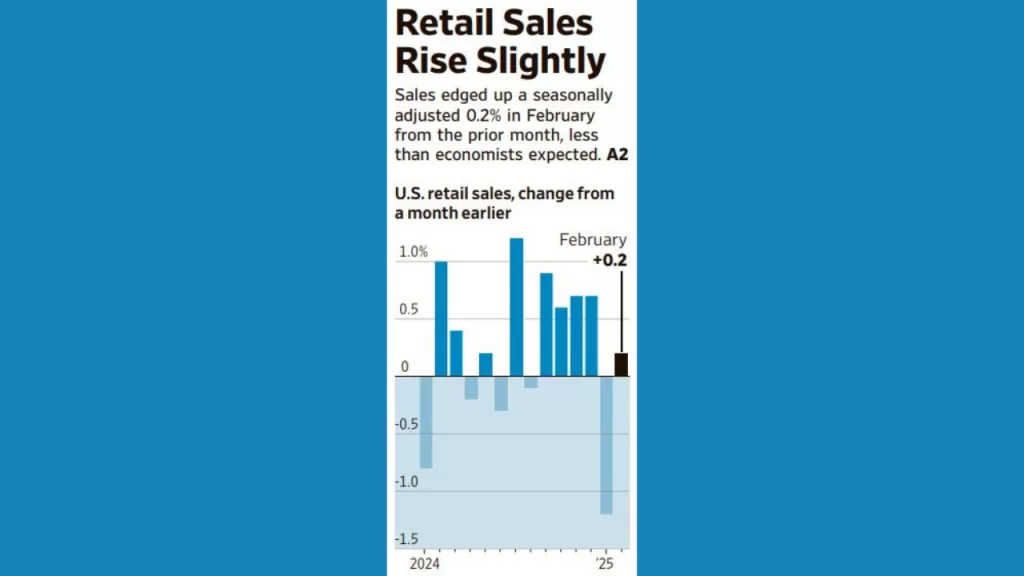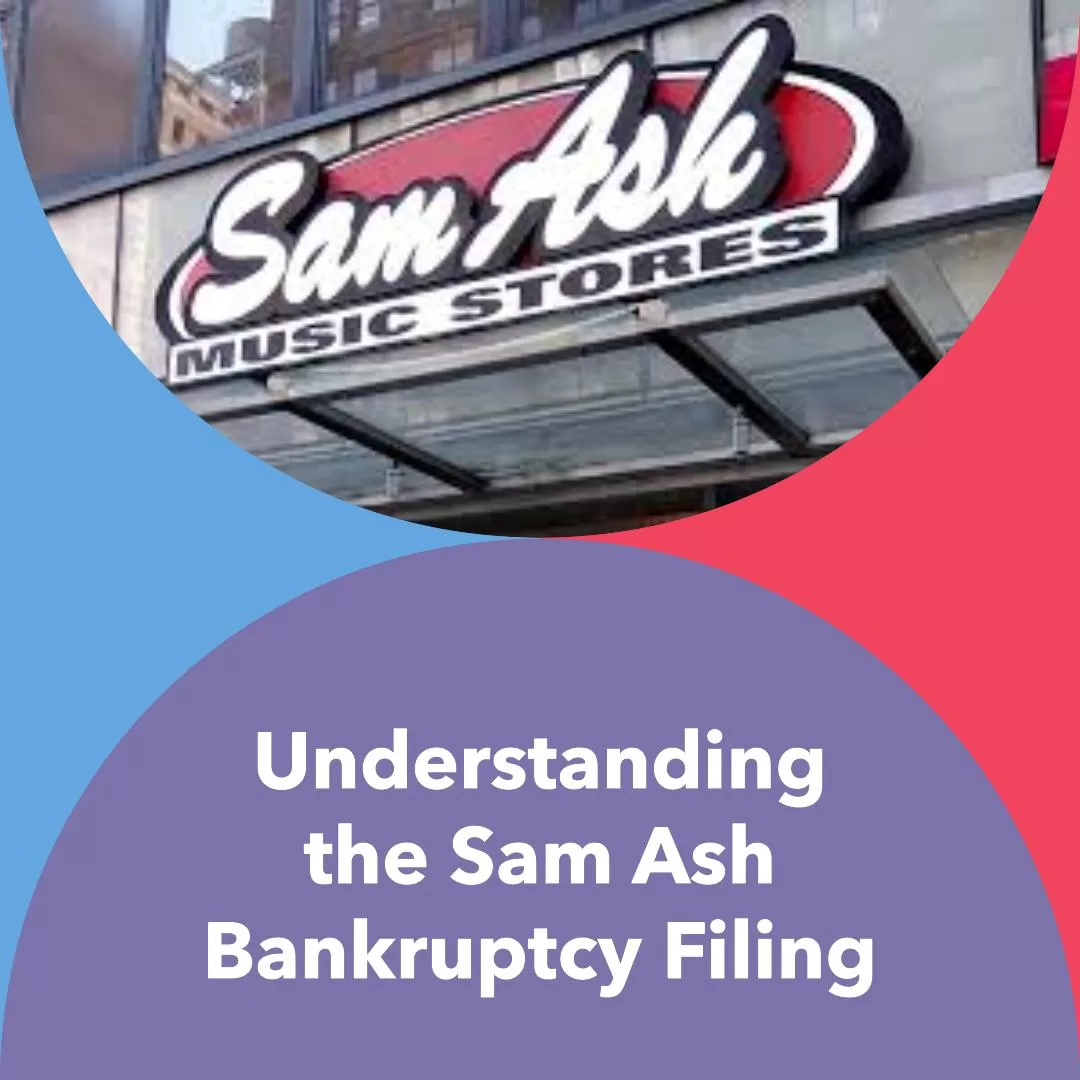Macy’s Navigates a Shifting Retail Terrain Through Strategic Store Closures
Macy’s Inc., a cornerstone of American retail, confirmed in January 2025 the planned closure of 66 of its namesake store locations as part of a comprehensive “Bold New Chapter” strategy . This announcement signals a significant recalibration of the company’s brick-and-mortar footprint in response to the dynamic and evolving retail landscape . The closure of these 66 stores represents the initial phase of a broader initiative to shutter approximately 150 underperforming locations over a three-year period, concluding in fiscal year 2026 . This strategic move comes at a time when the retail sector is grappling with what many refer to as a “retail apocalypse,” characterized by increasing instances of theft and diminishing profit margins that pose considerable challenges to traditional brick-and-mortar operations . The confirmation of these closures early in the announced three-year timeframe suggests an accelerated commitment by Macy’s to reshape its business model for future sustainability . The consistent use of the term “underproductive stores” by Macy’s to describe the locations slated for closure indicates a deliberate and likely data-driven process in identifying which stores no longer align with the company’s strategic objectives . Ultimately, this significant reduction in its physical store count underscores Macy’s proactive approach to addressing the multifaceted challenges prevalent within the contemporary retail environment, marking a clear pivot in its operational strategy .

The “Bold New Chapter” Strategy: A Blueprint for Transformation
The “Bold New Chapter” strategy, unveiled by Macy’s in February 2024, provides the overarching framework for the company’s current restructuring efforts, with store closures serving as a critical component . The primary objective of this strategic plan is to steer Macy’s back to a path of sustainable and profitable sales growth in a rapidly changing market . A key element of this strategy involves a deliberate reallocation of resources and a heightened focus on approximately 350 identified “go-forward” Macy’s locations . This concentration of investment aims to enhance the customer experience and improve operational efficiency in stores deemed to have stronger long-term potential . Furthermore, the “Bold New Chapter” strategy signals a strategic bet on the luxury market segment through the planned expansion of Macy’s Inc.’s higher-end banners, Bloomingdale’s and Bluemercury . The company intends to open approximately 15 new Bloomingdale’s stores and 30 new Bluemercury locations, alongside the remodeling of around 30 existing Bluemercury stores over the next three years . This move suggests a recognition of the resilience and growth potential within the luxury retail sector . To further support these strategic initiatives and strengthen its financial position, Macy’s also intends to monetize assets, projecting to generate between $600 and $750 million through 2026 .
Unpacking the Rationale: Why Macy’s is Closing Stores
The primary driver behind Macy’s decision to close 150 stores over the next two years is the underperformance of these specific locations . This underperformance is intrinsically linked to significant shifts in consumer shopping behaviors, with a growing preference for online purchasing, particularly for everyday essentials . This trend has been further amplified by the experiences and conveniences of e-commerce that gained traction during the COVID-19 pandemic . Consequently, traditional brick-and-mortar retailers, including Macy’s, have experienced a decline in foot traffic, especially within traditional shopping malls . In line with this, Macy’s CEO Tony Spring has explicitly stated that the company is strategically closing underperforming stores to concentrate its resources on locations where customers have shown a positive response to enhanced product offerings and improved service . The convergence of decreasing mall traffic and the surge in e-commerce has fundamentally altered the retail landscape, making it essential for traditional department stores like Macy’s to strategically realign their physical presence to ensure long-term viability . Notably, the decision to close even some of the more recently established, smaller-format “Market by Macy’s” stores indicates that this particular adaptation strategy has not yet yielded the desired levels of success or scalability for the company . This suggests a willingness on Macy’s part to make difficult choices and adjust its strategic direction even on relatively recent initiatives .
Timeline and Geographical Footprint of Closures
Macy’s comprehensive plan involves the closure of approximately 150 stores by the end of 2026 . A significant portion of these closures, specifically 66 stores, are scheduled to occur throughout 2025, with a considerable number anticipated within the first half of the year, potentially even in the first quarter . To facilitate the closure process, clearance sales have commenced at the affected locations in January 2025 and are expected to last for approximately eight to twelve weeks . For customers interested in furniture, clearance sales at Macy’s Furniture Galleries will begin in February and extend into March . The initial wave of 66 store closures in 2025 will impact a total of 22 states across the country, demonstrating the nationwide scope of this strategic adjustment . Notably, certain states will experience a higher concentration of closures in this first phase, including New York with nine stores, California also with nine, Florida with seven, and Texas with six . A detailed list specifying the exact locations of these 66 stores closing in 2025 has been made available, providing transparency regarding which communities will be affected . The fact that a significant number of closures are concentrated in large and economically diverse states such as New York, California, Florida, and Texas suggests that the underperforming stores are not solely tied to specific regional economic downturns but are likely influenced by broader factors impacting the retail industry . The relatively rapid implementation of these closures in 2025 allows Macy’s to more quickly realize cost savings and dedicate its focus to the “go-forward” stores, potentially accelerating the company’s overall turnaround efforts .
The Human Dimension: Impact on Macy’s Workforce
The closure of 150 Macy’s stores will inevitably have a significant impact on the company’s workforce, resulting in layoffs for employees at the affected locations . While the total number of affected employees across all 150 store closures is not consistently reported, specific examples illustrate the scale of job losses. For instance, the closure of stores in Sterling Heights and Troy, Michigan, is expected to result in over 200 job losses , with 117 positions impacted in Sterling Heights and 92 in Troy . These layoffs are subject to the Worker Adjustment and Retraining Notification (WARN) Act, which mandates advance public notice for mass layoffs . Macy’s has indicated its intention to provide severance benefits to eligible employees affected by the closures and will explore opportunities to offer new positions within the company where feasible . Some reports suggest that store management will actively work to identify potential roles for impacted employees in good standing at other Macy’s locations within the same market . However, despite these efforts, the significant number of store closures will undoubtedly lead to considerable job displacement, impacting numerous individuals and their families . While Macy’s commitment to supporting its employees during this transition is stated, the full extent and adequacy of the support measures will be crucial in mitigating the negative consequences for those affected .
Community and Economic Repercussions
The closure of Macy’s stores is anticipated to generate a ripple effect throughout the communities they serve, extending beyond the immediate impact on employees . In some areas, particularly those with limited retail options, the departure of a Macy’s store could lead to the creation of “shopping deserts,” where residents face reduced access to a variety of goods . The impact is particularly pronounced for local shopping centers and malls, where Macy’s often acts as a crucial anchor tenant, drawing significant foot traffic . When an anchor store like Macy’s vacates a property, it can trigger co-tenancy clauses in the leases of other tenants, potentially allowing them to terminate their leases early, leading to further vacancies and instability within the shopping center . This situation may necessitate significant transformations for malls to remain viable, with some exploring alternative uses for the vacated spaces, such as converting them into medical facilities or entertainment hubs . Conversely, in certain prime locations, the closure of a Macy’s store could unlock valuable real estate redevelopment opportunities, potentially attracting new and diverse tenants or leading to mixed-use developments that could revitalize the area . The financial implications of these closures also extend to the realm of commercial real estate financing . Commercial Mortgage-Backed Securities (CMBS) loans backed by the closing Macy’s stores exhibit higher delinquency and watchlist rates compared to the broader Macy’s CMBS portfolio, indicating an elevated level of financial risk associated with these properties . While some vacated Macy’s spaces may find new life through redevelopment, the success of these transitions will likely depend on a combination of factors, including the specific location, prevailing market demand, and the proactive strategies employed by mall owners and local authorities . The departure of a major retailer like Macy’s can accelerate the decline of already struggling malls, potentially leading to increased vacancies and economic challenges for the surrounding communities .
Macy’s Strategic Adaptations for the Future
Beyond the significant store closure initiative, Macy’s is actively pursuing a multi-pronged strategy to adapt to the evolving retail landscape . A key focus involves substantial investments in its e-commerce platform and overall digital capabilities to cater to the increasing number of consumers who prefer to shop online . Recognizing the need for diverse physical formats, Macy’s is also exploring and investing in smaller store formats and establishing a presence in outdoor shopping areas, aiming to reach customers in more convenient and potentially higher-traffic locations . A core element of the “Bold New Chapter” strategy is the prioritization of enhancing the operations and customer experience within its remaining 350 “go-forward” locations . The company’s “First 50” pilot store program, which involved significant investments in select locations, has yielded positive results, demonstrating sales growth and improved customer satisfaction . Building on this success, Macy’s intends to expand these successful initiatives to a larger number of its remaining stores . Furthermore, Macy’s is committed to creating a seamless omnichannel shopping journey for its customers, integrating its physical stores and online platforms to provide a consistent and convenient experience across all touchpoints . This includes investments in personalized shopping experiences, leveraging customer data to offer tailored recommendations and promotions .
Expert Perspectives on Macy’s Strategy
Retail analysts have offered their perspectives on Macy’s decision to close a significant number of stores . Some analysts view this move as a necessary step for Macy’s to optimize its brick-and-mortar footprint in a challenging retail environment . One analyst noted that Macy’s is strategically cutting weaker locations in malls and centers where future sales growth prospects are limited, suggesting that while store closures are difficult, they represent a prudent business decision . Another perspective highlights that the closure of underperforming stores allows Macy’s to concentrate its investments on higher-performing locations and its digital channels, which is seen as a sensible approach to improving the company’s overall financial health . However, some analysts express caution regarding Macy’s future outlook . Concerns have been raised about the company’s revised financial guidance for 2025, which includes an expected decline in same-store sales despite planned store renovations and merchandising changes . The decision to close some of the newer, smaller-format stores has also surprised some analysts, suggesting that this strategy may require further refinement to achieve profitability . The potential impact of Macy’s store closures on shopping malls is also a key area of analysis . The departure of an anchor tenant like Macy’s can create both risks and opportunities for mall owners, potentially triggering co-tenancy clauses and requiring them to reimagine their properties to attract new tenants and cater to evolving consumer preferences . Overall, while analysts acknowledge the strategic rationale behind Macy’s store closures as part of its “Bold New Chapter” strategy, there are varying degrees of optimism regarding the company’s ability to achieve sustainable growth and navigate the complexities of the current retail landscape .
Historical Context: Macy’s Previous Store Closure Initiatives
Macy’s current plan to close 150 stores over three years is not an isolated event but rather part of a longer-term trend of store rationalization within the company and the broader department store sector . Over the past decade, Macy’s has closed more than a third of its store locations, mirroring the struggles faced by other traditional retailers . Notably, between 2015 and 2023, Macy’s had already closed approximately 300 stores . This historical context underscores the ongoing challenges faced by department stores in adapting to the rise of online shopping and changing consumer preferences . The current “Bold New Chapter” strategy, with its accelerated pace of closures in the initial years, suggests a more decisive approach compared to previous initiatives . Past store closures, like the recent shutdown of the iconic downtown Brooklyn location after 30 years in that specific building (which had housed a department store for over 160 years), highlight the emotional and community impact of these decisions . Examining past closures can provide insights into potential patterns, such as the types of locations typically targeted (often those in declining malls or with lower sales volume), and the strategies employed by Macy’s to manage these transitions . The consistent rationale provided by the company across different closure initiatives often revolves around underperformance and the need to focus resources on more profitable locations and growing digital channels . The current strategy, however, appears to be more comprehensive, encompassing not only store closures but also significant investments in remaining stores and the expansion of luxury banners, indicating a more holistic approach to navigating the evolving retail environment .
Conclusion
Macy’s decision to close 150 stores over the next two years marks a significant juncture in the company’s long history . This strategic move, driven by the “Bold New Chapter” plan, reflects a necessary adaptation to the profound shifts reshaping the retail industry . The underperformance of numerous brick-and-mortar locations, coupled with the ascendance of e-commerce and the decline of traditional mall culture, has compelled Macy’s to recalibrate its physical presence and focus its investments on a smaller, more productive store fleet and its growing digital platforms . While this strategic downsizing carries the inevitable human cost of job losses and potential economic impacts on local communities, it also presents an opportunity for Macy’s to streamline its operations, enhance the customer experience in its core locations, and strategically expand its presence in the luxury market through its Bloomingdale’s and Bluemercury brands . The initial phase of 66 store closures in 2025 demonstrates the company’s commitment to swiftly implementing its turnaround strategy . The success of Macy’s “Bold New Chapter” will ultimately depend on its ability to effectively execute its plans to revitalize its remaining stores, strengthen its omnichannel capabilities, and resonate with evolving consumer preferences in an increasingly competitive retail landscape . The industry will be closely watching to see if these bold moves can indeed usher in a new era of sustainable and profitable growth for this iconic American retailer








